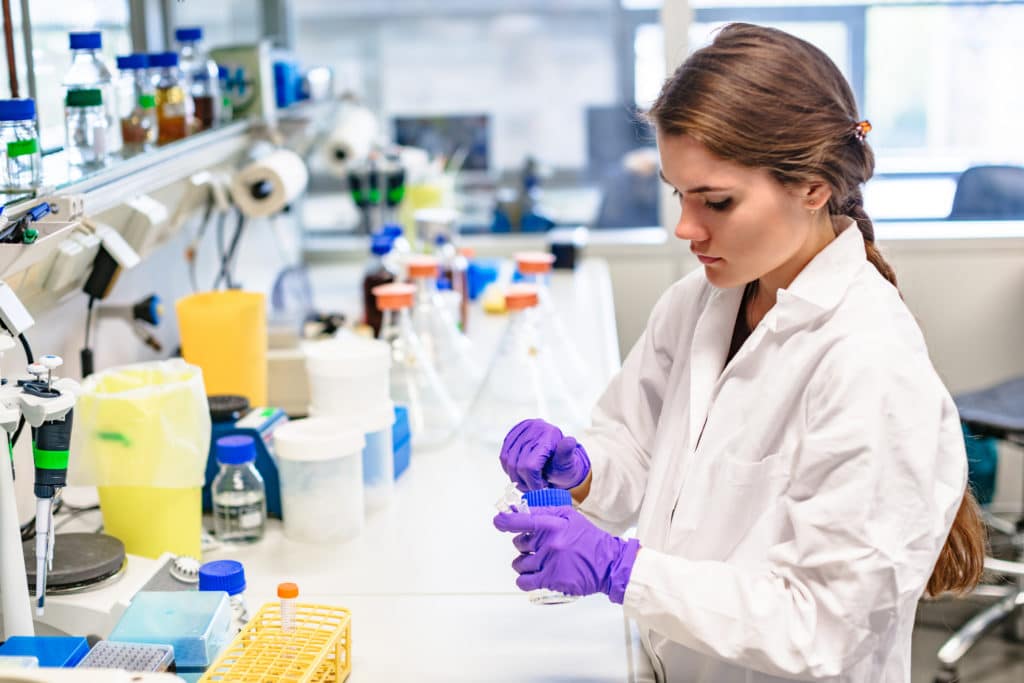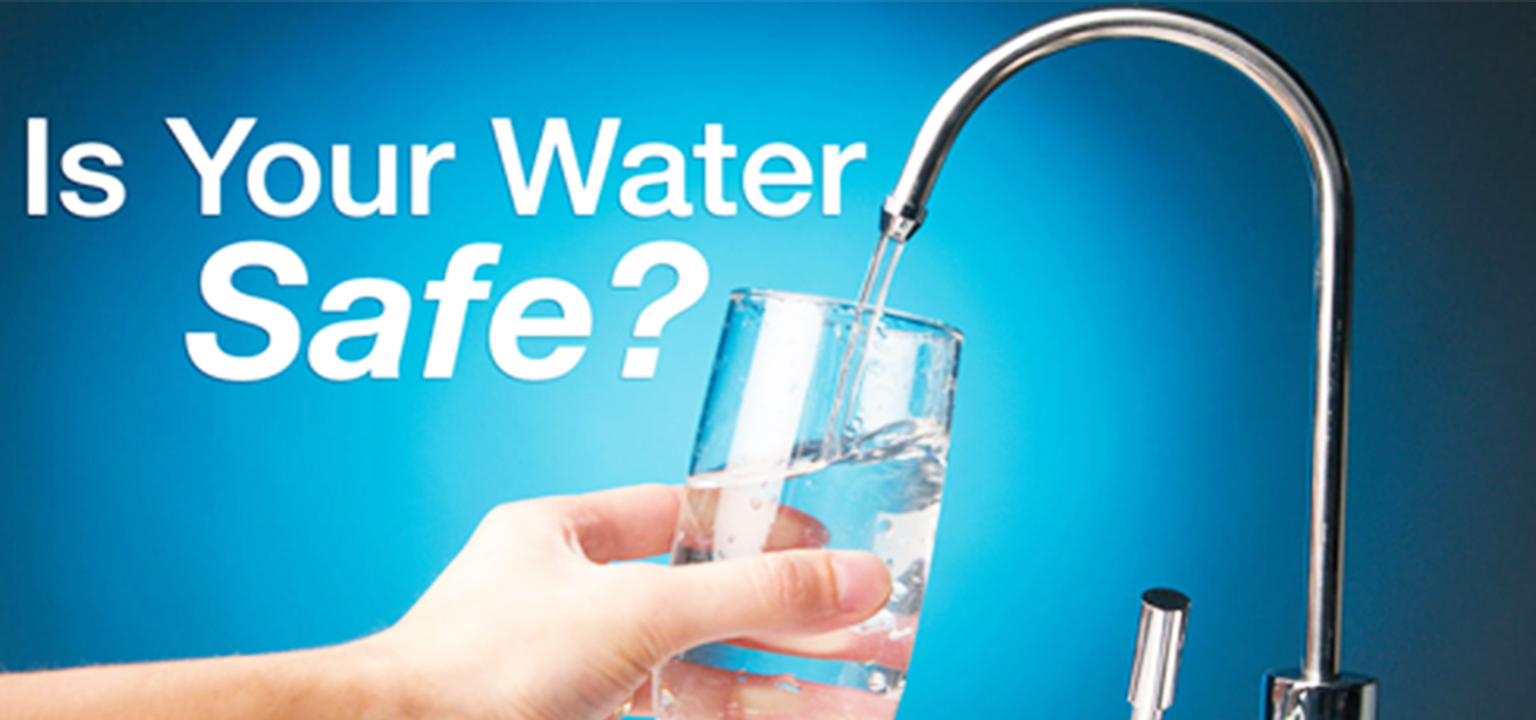Trusted Water Testing Services Near Me: Know What's in Your Water
Trusted Water Testing Services Near Me: Know What's in Your Water
Blog Article
Discover What Is Included in Water Examining and How It Ensures Safe Drinking Water
Understanding the ins and outs of water testing is crucial in ensuring the top quality and security of our alcohol consumption water. With a meticulous assessment of physical, chemical, and microbiological aspects, water screening recognizes prospective impurities that could present health and wellness risks. From the existence of heavy steels to unsafe bacteria, each test element plays an essential duty in preserving the integrity of our supply of water. Advanced strategies like chromatography and spectrometry enhance the accuracy of these evaluations. Exactly how do these procedures equate right into the regulative structures that assure safety and security in our daily usage?
Trick Elements of Water Screening
Water screening is a vital procedure that includes numerous key elements to ensure the safety and quality of drinking water. One of the key components is the evaluation of physical qualities, including shade, odor, and turbidity. These qualities can provide initial understandings into the water's problem and possible contamination sources. Furthermore, guaranteeing the pH balance of water is necessary, as it influences the water's corrosiveness and the efficiency of sanitation procedures.
An additional significant part involves microbiological evaluation, where water examples are checked out for the visibility of microorganisms such as bacteria, infections, and protozoa. This analysis is essential to recognize biological threats that can pose health and wellness dangers if consumed. In addition, chemical evaluations are conducted to find organic and inorganic compounds, such as heavy metals, nitrates, and pesticides, that may be existing in the water.

Detecting Harmful Contaminants
Identifying dangerous impurities in alcohol consumption water is a basic element of securing public wellness. This procedure entails determining potential risks that can jeopardize the top quality and safety of water supplies. Contaminants can range from bacteria such as germs, viruses, and protozoa, to inorganic compounds like lead, arsenic, and nitrates, in addition to natural toxins including chemicals and industrial chemicals. Each sort of impurity positions unique wellness threats, making their detection important to make sure the water eaten by the public is secure.
Water screening for pollutants is typically performed by regulative firms and water energies, using a combination of field tasting and laboratory analysis. These assessments are created to find both naturally taking place materials and anthropogenic contaminants that may have gone into the water with farming runoff, commercial discharge, or aging infrastructure. Regular surveillance is vital, as contamination levels can rise and fall because of environmental adjustments, seasonal variations, or human tasks.
The identification of hazardous contaminants educates essential activities, such as water treatment interventions or public advisories, to alleviate threats. Early detection is important to stop damaging health results, ranging from gastrointestinal diseases to long-lasting problems like cancer, consequently making sure the proceeded security of alcohol consumption water.

Chemical Evaluation Strategies
In the realm of making sure risk-free drinking water, chemical analysis methods play a crucial role in identifying and evaluating pollutants. These techniques are important for discovering a wide array of chemical compounds, including hefty metals, chemicals, and industrial toxins, which can posture considerable health and wellness risks.
Gas chromatography-mass spectrometry (GC-MS) is an additional vital method, specifically for natural compounds. It separates intricate mixtures and recognizes semi-volatile and unstable natural substances, ensuring that toxins like benzene and toluene are within risk-free limitations. High-performance liquid chromatography (HPLC) is similarly used for non-volatile substances, including certain chemicals and drugs.
Ion chromatography is used to establish concentrations of cations and anions, such as nitrates and sulfates, which are critical in evaluating water top quality. These chemical evaluation strategies collectively make certain that drinking water continues to be safe by finding inconsistencies from developed purity norms, consequently securing public health and wellness. Making sure precision and precision in these examinations is extremely important to keeping the stability of water safety evaluations.
Microbiological Testing Techniques
Exact microbiological testing is vital for safeguarding public health and wellness by making sure that drinking water is without damaging virus. This process involves finding and identifying bacteria such as microorganisms, infections, and protozoa that might pollute water products. Usual microorganisms include Escherichia coli, Giardia, and Cryptosporidium, each positioning substantial wellness this contact form threats.
Several techniques are used in microbiological screening to recognize these hazards. The membrane layer purification strategy is frequently utilized, entailing water travelling through a filter that catches bacteria, which are after that cultured to establish their existence and concentration. The multiple-tube fermentation method allows the metrology of coliform germs utilizing a collection of dilution and incubation actions.
Improvements in innovation have actually introduced molecular methods such as polymerase chain reaction (PCR), which permits the highly specific and rapid detection of virus by magnifying their hereditary product. Enzyme-linked immunosorbent assays (ELISA) likewise use an approach to discover microorganisms by determining certain healthy proteins or antigens.
These varied approaches are necessary for detailed sites water top quality evaluation, guaranteeing that water therapy procedures work which distribution systems keep safety and security. By utilizing these microbiological testing methods, possible wellness risks can be identified and minimized quickly.

Value for Public Wellness
Ensuring the microbiological safety of drinking water directly impacts public health and wellness by avoiding the spread of waterborne diseases. Microorganisms such as germs, viruses, and protozoa can cause illnesses like cholera, dysentery, and gastrointestinal infections (Water Testing Service). The application of extensive water testing procedures is paramount in determining and mitigating these threats, therefore protecting areas from possible episodes
Regular water testing not just finds microbial contaminants yet additionally analyzes chemical and physical specifications that can impact health and wellness. Excessive levels of nitrates or heavy steels such as lead can pose severe health risks, particularly to prone populaces like babies and expectant ladies. By determining these hazards early, water screening enables timely interventions, ensuring the water stays within secure intake criteria.
Additionally, water testing plays an essential function in keeping public self-confidence in metropolitan water supply. It supplies openness and accountability, assuring the general public that their health is a top priority. For plan makers and health authorities, the information stemmed from water screening educates decisions on facilities financial investments and public health and wellness approaches, guaranteeing sources are guided where they are most required. This way, water testing is vital in advertising a healthier, much safer culture.
Conclusion
Water screening serves as a crucial device for guaranteeing the security and high quality of alcohol consumption water via detailed analysis of its physical, chemical, and microbiological residential or commercial properties. By detecting dangerous impurities, such as hefty metals and chemicals, and utilizing why not look here advanced strategies like chromatography and spectrometry, water screening promotes the identification of potential health risks. The execution of extensive screening protocols is vital for preserving compliance with safety and security requirements, ultimately protecting public wellness and enhancing confidence in community water supply.

By determining these threats early, water screening makes it possible for prompt interventions, making certain the water supply remains within safe usage criteria.
Water testing offers as a crucial device for making sure the safety and security and quality of drinking water with thorough analysis of its physical, chemical, and microbiological properties.
Report this page